What Are Coaster Vessels?
The vast expanses of earth’s oceans are traversed by millions of vessels on a daily basis. There are a large number of vessel types and classes that serve a wide variety of purposes.
From small fishing trawlers and pleasure yachts to behemoths such as LNG tankers and container ships, each vessel comes with its own unique characteristics. They differ in many features such as construction, structure, manufacture, types of transported cargo, and operating conditions.
Each type of vessel is specialized to carry a particular set of goods, and to run within specified operating regions and environments.
For instance, tankers and barges cannot operate near the coastline, as they run every risk of running aground, or worse- capsizing and sinking.
Similarly, trawlers and fishing boats cannot handle the weather and operating conditions of open oceans or seas. Thus, each type of location needs a vessel that is adapted and built to function effectively.
A relatively lesser-known type of vessel that is integral to international and domestic trade and commerce is the coastal sailing ship. These vessels are colloquially referred to as “Coaster” vessels.
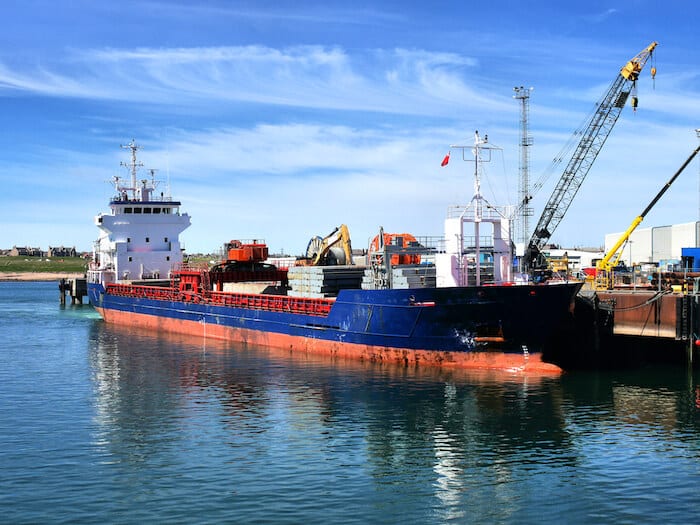
Coasters primarily operate in and around the coastline or within the exclusive domestic waters of a country.
Although this is usually the country in which the vessel has been registered for legal purposes, it can refer to another nation on the same continent. This possibility is known as cabotage and is discussed in later sections.
Coaster vessels act as a part of the essential supply chain that supplies countries and allows a trade to flourish. Their role is not merely restricted to ferrying goods across the nation.
In this article, we will analyze the role of a coaster vessel, study the design and construction, and look at short-sea trading.
Why are Coaster Vessels Required?
The coastlines around most nations are difficult regions to traverse and operate within. Coastlines with natural landform features make it difficult for vessels to manoeuvre successfully. There are plenty of dangers that lurk within these regions, that can capsize and sink large vessels.
On the other hand, due to the science behind Earth’s oceans and the structure of coastlines across the world, these regions prove to be extremely profitable for trading.
Deltas, inland rivers, lagoons, and backwaters are regions that allow for civilization to thrive and flourish. Along with this comes large scale industrialization and a production boom.
To sustain such activities, it is necessary to build and expand the trading and transportation sector of a nation.
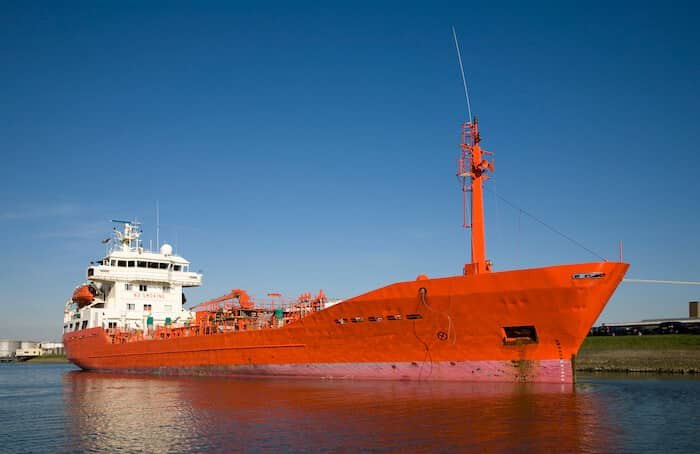
Indented coastlines refer to sharply twisting relief features on the coast. These provide excellent sheltered natural harbours for boats and vessel to berth in. Thus, ports thrive in such locations.
But large ships such as carriers, tankers, container vessels etc. cannot enter such regions, due to the risk of running aground. As one approaches the coast, the sea or ocean becomes shallower as opposed to the open ocean. This has to do with geological reasons, and it affects a ship’s ability to berth in such locations.
Ships need a minimum depth below water, referred to as the draft in nautical and maritime terms. This stabilizes and keeps the vessel supported on the water’s surface. This draft is directly related to the amount of water available for the ship. Thus, at shallow coastlines, the vessel will rapidly rise above the permissible draft, and will eventually destabilize and capsize.
Related Read: Intact Statical Transverse Stability Of Displacement Vessels
Another issue is the presence of natural barriers such as reefs and other physical relief features. These are commonly found around the coastline due to the presence of thriving coral and other organisms.
They can be dangerous to traverse for vessels as they may scrape and cause damage to the ship’s keel and underside of the vessel. This will also damage the coral and reef itself, which can have consequences on the local flora and fauna. Thus, large ships cannot pass near such reefs due to the numerous issues it will face.
The solution to this conundrum is to use smaller, shallow vessels that do not face any of the problems outlined above. Due to lower drafts in the water, they can easily remain stabilized.
Related Read: Ship Stability & What Makes a Ship Unstable?
In addition, the shallow hulls prevent any accidental contact with the reef and corals present around the coast. Also, in the event of an accidental grounding, they can be easily relaunched due to their smaller size.
Coaster vessel is built to satisfy all the above reasons.
They carry goods within and around coastlines and supplement the various parts of the nation. They usually operate between various seaports of a country but might even run voyages across different nations that part of a continent.
For instance, most nations of the European Union (EU) are close in proximity to each other. Thus, coaster vessels often do cross-nation trading and shipping.
What is Short Sea Shipping and Trading?
Short sea shipping and trading is a term that is used predominantly in the European Union to refer to coastal trading and shipping. However, due to its expanding popularity across the globe, the term “short sea shipping” has also been adopted by various other countries.
As the name suggests, short sea trading refers to any trade taking place through marine motorways that do not require crossing an ocean or large water body. Sea trading encompasses larger voyages, although short sea refers to mainly coastwise trading.
Coaster vessels are the backbone of the short sea transportation industry.
The term coast has different meanings depending on the source and purpose.
To understand and attach a definitive meaning to this term, trading is classified broadly into 2 types:
1. Deep-sea trading, where the vessel encounters oceans and larger seas. They generally traverse hundreds of thousands of kilometres in a voyage.
2. Short-sea trading, where the vessel stays within the domestic and exclusive zone of a nation and does not cross any waterbody classified as bigger than a marginal sea.
With a proper understanding of this type of shipping and the various points to keep in mind, we will look into the design and manufacture of these vessels in the next section.
Structure and Construction of Coaster Vessels
From a design point of view, coaster vessels are just like most boats or small ships, except with a few differences that are integral to their operation.
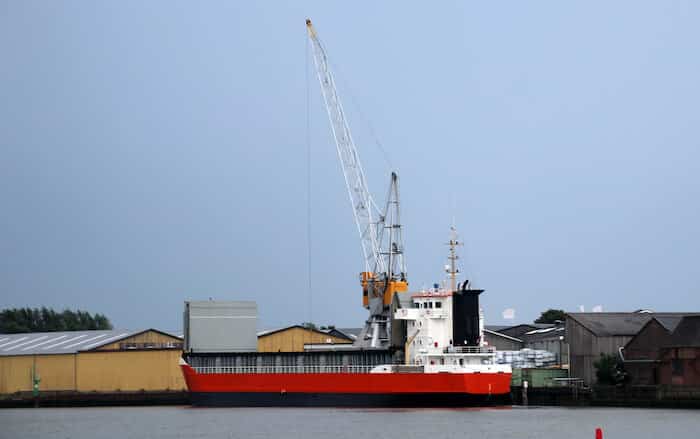
The unique factors about coaster vessels are the shallow hull and small size.
To classify this size in terms of maritime metrics, we will look at the draft and gross tonnage. Most coaster vessels restrict themselves to drafts between the range of 3 to 6 meters from the keel.
From a tonnage perspective, coaster vessels can carry a minimum of 1,000 DWT (deadweight tons) when faced with very shallow waters but can go all the way up to 15,000 DWT under a fully loaded condition.
The tonnage metrics mentioned here are strictly for the weight of the cargo and do not include the weight of the vessel as such.
Within acceptable ranges of approach, most reefs and corals can grow anywhere between 5 to 10 meters away from the surface as they require adequate sunlight. For this reason, different coasters have different load limits depending on the type of region they operate in.
Governmental regulations and standards are kept in place to ensure that the reef is not disturbed or damaged by illegal drafts. The importance of keeping the reefs intact is due to the balance of ecosystems that they maintain. There are specific types of organisms that can swim and grow within the region protected by the coastline and reefs.
In case a larger vessel breaks through the reef and create a rupture, there is a high probability that non-indigenous species may enter and eventually destroy the local ecosystem. Thus, governments go to great lengths to ensure that the area is kept pristine and unharmed.
The coaster vessels are built from sections and units that are assembled together in small docks that cater to such boat types. They are majorly provided with cargo holds and space to stow goods on board.
Due to the short trips that are expected, a bare minimum operating crew is kept on board, ranging from just 2 officers to a group of 10 people to help in the loading and unloading operations at various ports.
The primary superstructure onboard only houses the officer’s bridge, and usually no living quarters. This structure can be positioned either at the fore or aft by convention, or even at midship depending on the type of cargo and the regulations placed on such vessels.
Usually, fore positioning is preferred as it allows the crew to navigate the treacherous depths of coastal motorways through visual means. However, rear positioning allows for easier loading and unloading supervision.
It also enables the crew to conduct propulsion system repairs quickly and easily. Midship bridges are rare due to the difficulty in reaching either end of the vessel in case of an emergency. Depending on the port restrictions and operating environment, the vessel may accommodate different bridges.
Propulsion is generally provided by outboard motors positioned at the rear, as opposed to using a complete marine diesel engine.
Diesel engines are bulky and mainly used by larger vessel classes. However, motorized systems are sufficient for coaster vessel. Single or double engines are used depending on the gross vessel tonnage.
Care must be taken to ensure that the fluid mass ejected from the motors are at a sufficient draft such that they are fully immersed, and at the same time, will not come into contact with the reef. For reference, it is positioned slightly higher than the keel.
The holds are watertight and are rarely divided by bulkheads due to the small size of the vessel. Provisions are made to secure goods and prevent rolling or destabilization during a journey.
Common Operating Regions and Nations with Coaster Vessels
The main countries using short sea trading and coaster vessels for that purpose include the United States, European Union members, England etc.
The primary hub of short sea trading in Europe is the Rotterdam Port located in the Netherlands. The second-largest hub is the Antwerp Port in Belgium. The severely indented coastline, as well as a large number of inland waterways, have allowed these countries to expand coastal trading and build a massive fleet of coaster vessels.
Congestion in large ports that cover Europe has prompted expansion into smaller regions which have improved the finance of these regions. A major reason for the boom in the coaster sector in these European nations is due to the government-backed support that is provided to shipbuilders and coastal operators. Thus, this region has also become a hub for shipbuilding. Additionally, the locks and rivers of Europe allow for easy transportation of goods throughout the nation, making it a lucrative business opportunity.
The Philippines is another country where short sea shipping is prominent and entails the transport of both goods and passengers within seaports of the nation. Vessels with legal government licenses are allowed to ply these routes and must seek permission from the Maritime Industry Authority of the Philippines. There are other numerous regulations that have been put into effect to ensure lawful carriage of goods through coastal trading. A large number of water bodies in this region makes it ideal for such short sea trading and shipping.
The United States has had coastal trading for several centuries beginning with slave trading vessels. Regulations on coaster vessels and their operation were gradually put into effect in the late 18th century. Due to the natural landform of the country, there are numerous sheltered coves and harbours in which trading can be carried out.
Likewise, Canada has a thriving coastal trading sector due to the large number of natural lakes that cover the country. The great lakes witness large scale vessel trading due to the government-backed initiatives to expand the sector. The United States and Canada have agreements allowing for cross-nation coastal trading subject to numerous agreements and legal regulations.
India possesses a large coastline of over 7,500 kilometres. This provides an excellent resource for coastal trading. At the same time, there are numerous inland waterways that connect several nodal points in the nation. However, the coastal trading industry is yet to fully develop.
There are several challenges that have plagued this sector, making it difficult to completely utilize the vast maritime resources. Over the last few years, the Government of India has undertaken numerous initiatives to grow the coastal and inland sector. Since shipping represents one of the cheapest means of transport, it is a viable option that is essential for the economic growth of a country.
A Brief Guide to Cabotage Trading
* NOTE: The term “CABOTAGE” has no reference to the term “SABOTAGE”.
Operating in coastal waters is generally reserved for companies and operators belonging to that nation. Coastal trade is extremely important, as it supplements various regions along the coastline, that would otherwise receive no shipping trade due to their location. Thus, commerce also flourishes due to this. However, relying on a foreign party for essential shipping transports, especially along the coastline, can have consequences.
In case the company pulls out, the entire coastline will be paralyzed without any means of reaching goods to other seaports. Coastal waters also provide adequate locations for possible routes for naval attacks by warships and submarines. Lastly, there is a high likelihood that a foreign company may gain a monopoly over this essential service. This will cause unemployment along the coastline.
Thus, we can see that a single act of allowing foreign companies or operators to work in the coastal trading industry can have implications on the commerce, finance, and defence of a nation. Thus, most countries do not allow foreign participation within the coastal shipping sector.
However, certain nations that have a common agreement or charter permit foreign participation. This is known as cabotage.
Cabotage is a maritime term referring to the operation of coaster vessels belonging to another nation within the coastal waters of another country for the purpose of trade and commerce. It originated from the French word caboter meaning to “travel along the coast”. Although it was originally coined with the shipping industry in mind, it now applies to railways and aviation as well.
In exchange for cabotage rights, a premium or a share in the profits may be charged to the foreign company. Various countries have different laws relating to cabotage rules.
The United States do not permit any foreign operated, manned, owned, or constructed vessel to operate within ports of the US for coastal trade. Indonesia currently provides cabotage rights with several regulations and restrictions on the operating company.
The European Union allows for cabotage within member countries of the EU. However, the rules are severe and strict when it comes to cabotage by newer members of the EU such as Greece, Spain, and Portugal. This is to prevent accidents and other mishaps from occurring due to the relative inexperience of these nations in coastal laws and regulations.
The Hague-Visby Rules laid down by the international convention on goods carriage by sea lays down various parameters for such coastal trading. All vessels undertaking short sea trading and shipping must follow these regulations alongside regional laws.
Related Reading:
- Different Types of Submarines and Underwater Vessels
- A Guide To Types of Ships
- Different Types of Bulk Carriers
- Different Types Of Roll-On Roll-Off Ships
- A Guide to Different Types of Boats
Disclaimer: The authors’ views expressed in this article do not necessarily reflect the views of Marine Insight. Data and charts, if used, in the article have been sourced from available information and have not been authenticated by any statutory authority. The author and Marine Insight do not claim it to be accurate nor accept any responsibility for the same. The views constitute only the opinions and do not constitute any guidelines or recommendation on any course of action to be followed by the reader.
The article or images cannot be reproduced, copied, shared or used in any form without the permission of the author and Marine Insight.
Do you have info to share with us ? Suggest a correction
Latest Type Of Ships Articles You Would Like:

About Author
Ajay Menon is a graduate of the Indian Institute of Technology, Kharagpur, with an integrated major in Ocean Engineering and Naval Architecture. Besides writing, he balances chess and works out tunes on his keyboard during his free time.
Subscribe To Our Newsletters
By subscribing, you agree to our Privacy Policy and may receive occasional deal communications; you can unsubscribe anytime.



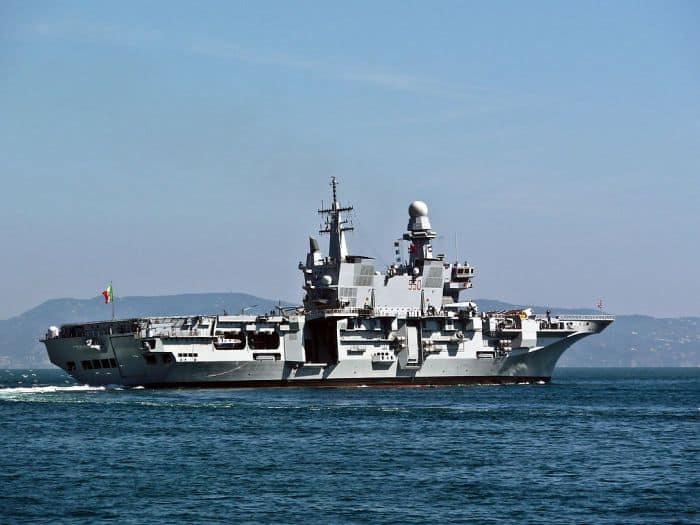
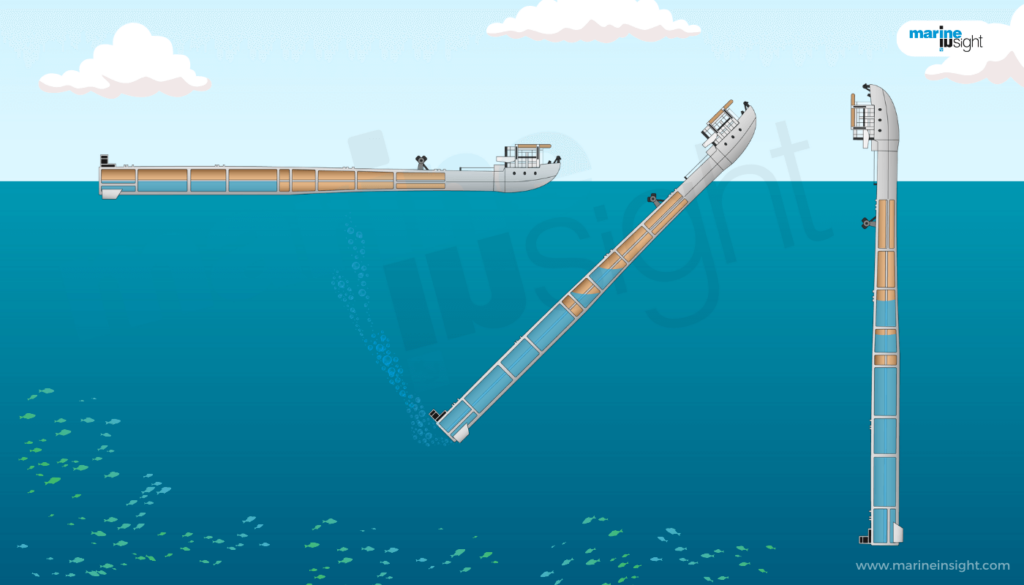
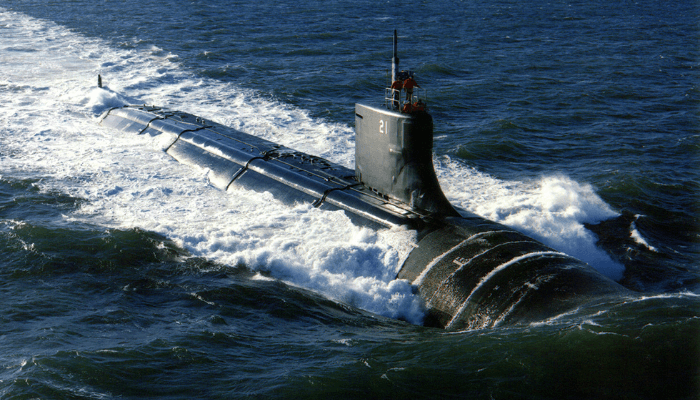
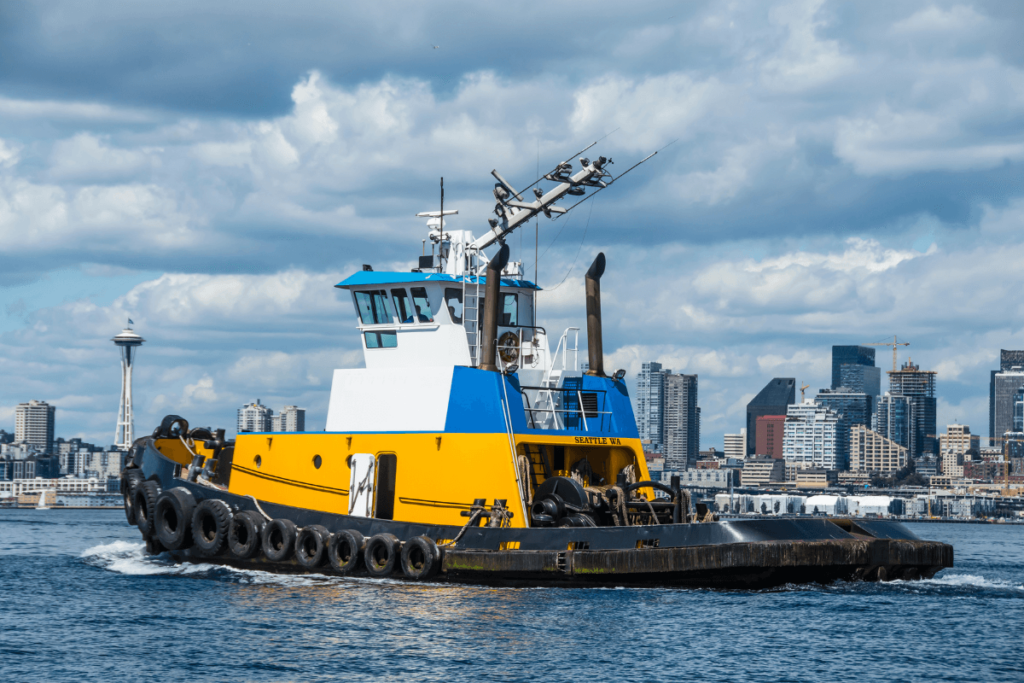
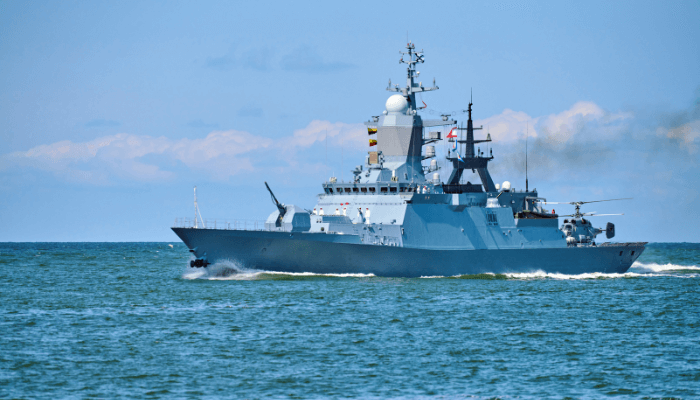
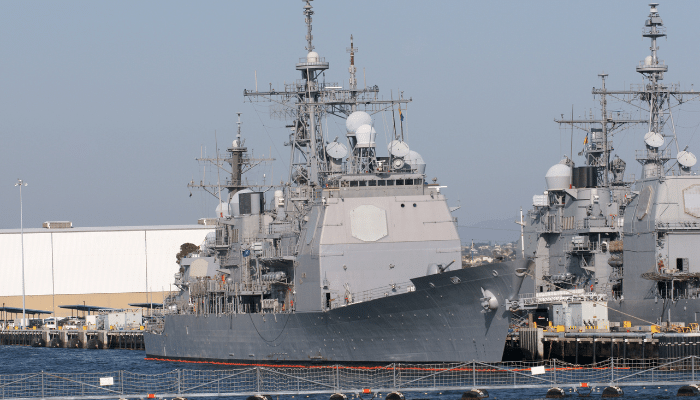

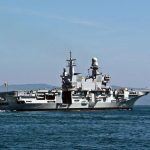
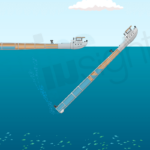
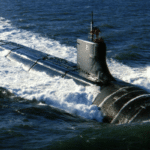
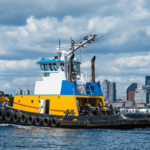
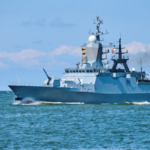
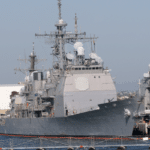
Interesting writing. As a marine engineer student I am very grateful for the knowledge you convey. thanks. greetings from Indonesia. God Bless You, Sir.
@Danisy: Glad the content is useful 👍